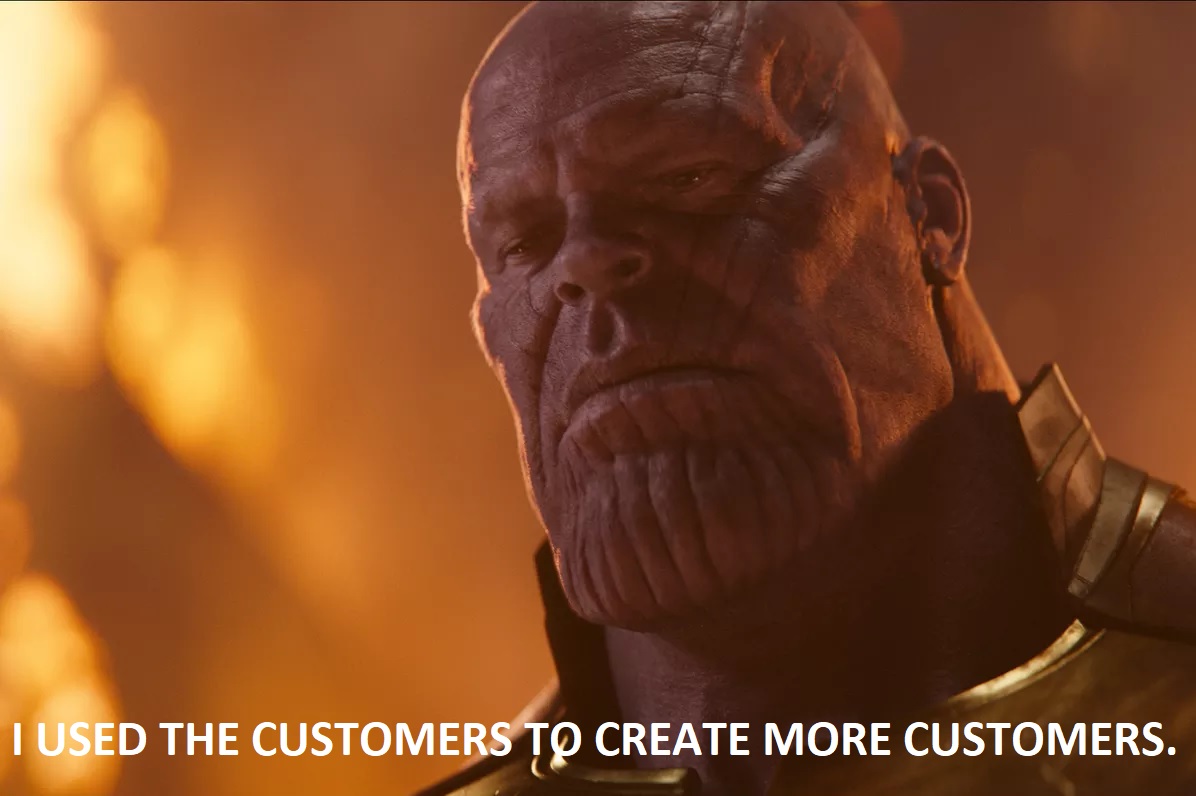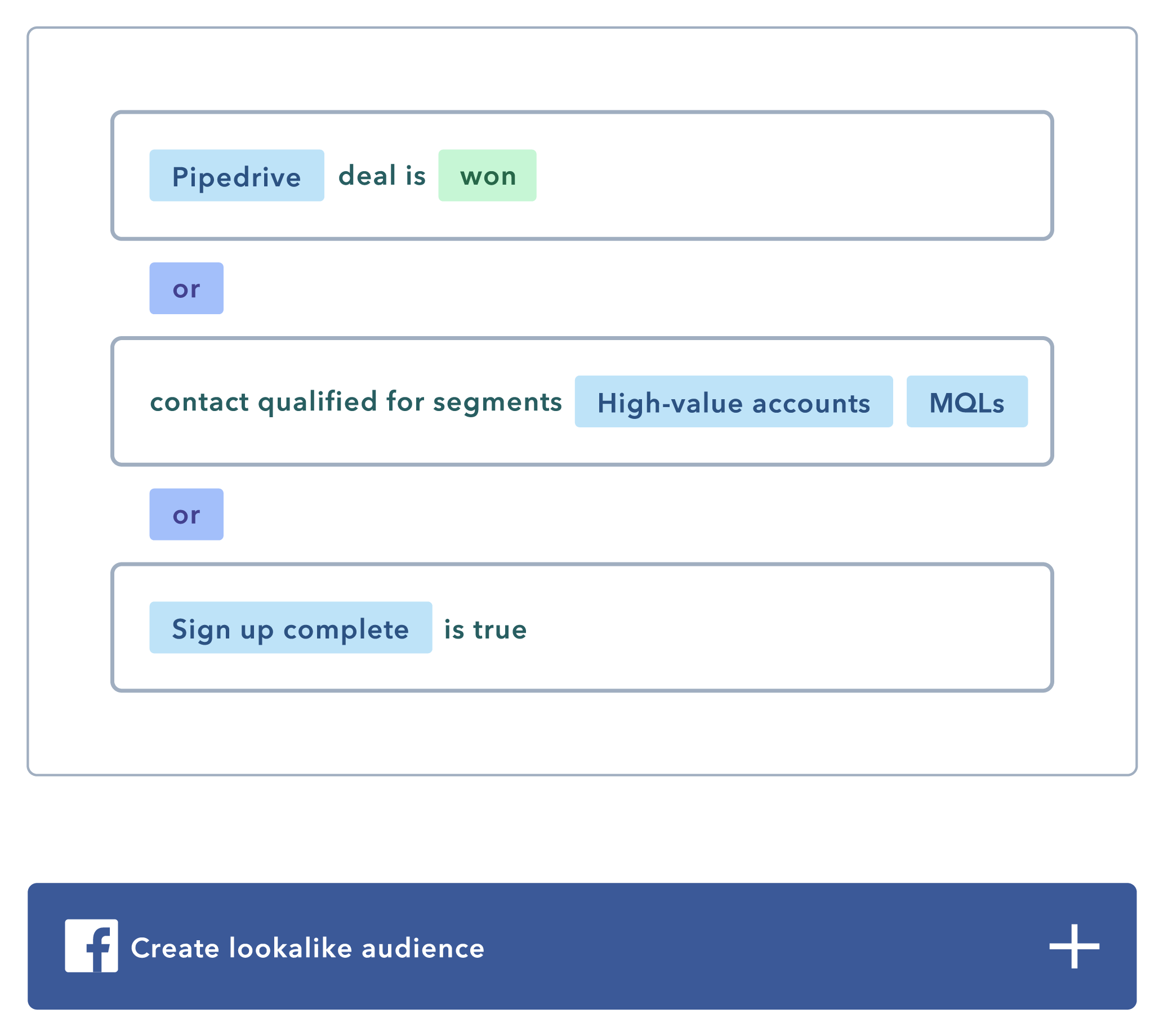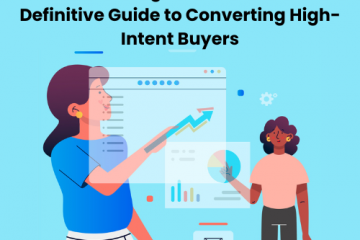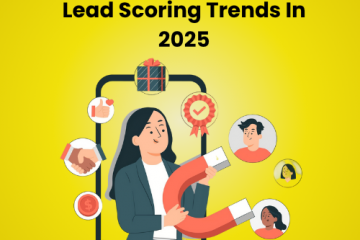Lookalike Modeling for B2B. Can It Help You Generate Customer-Fit Leads?
As the B2B advertising landscape keeps evolving, many marketers and businesses struggle to keep up and harness valuable, accurate data to expand their audiences and deliver successful B2B campaigns. This results in an unprofitable ad spend and a loss of potential customers.
The truth is that data quality can’t be ignored when it comes to running a successful digital ad campaign. Data quality report from Forrester found that 37% of marketers waste marketing ad spend due to inaccurate marketing data. 35% of marketers perform incorrect targeting, and about 30% have lost customers due to this problem.
No matter the amount of ad spend, if you don’t get your customer data right, your retargeting and nurturing efforts will be in vain.
When you generate top of the funnel leads, you end up acquiring a diverse set of visitors. Some of them are fit for your business, but often many of them are not. Unless you are using an expensive B2B advertising platform like LinkedIn, you will find it hard to match your advert targeting your customer profile.
You already have customers. What if you could reach prospects who have profiles similar to your existing customers. This is precisely where lookalike modeling helps.

In this article, you’ll learn about the B2B lookalike modeling concept and how you can leverage it to replicate successful customers:
What is a lookalike audience?
You have some ideal customers that enjoy using your product or service. Just as any business plans to scale, you’d need to get new customers to achieve success. So how do you get a similar set of people that will benefit from your product or service? This is where a lookalike audience comes in.
As the name implies, it simply means a highly-accurate list of customer personas most likely to buy your product or service. Only this time, these personas have similar buying attributes and interests to your existing customers. Some of these attributes and interests include:
- Job title
- Industry
- Company Size
- Location
- Interest in certain products
And many more…
You can view lookalike modeling as a targeted approach that works by developing a seed audience of your best customers, combined with third-party data from a data provider to build modified lookalike models. This means that lookalike modeling is effective as long as you have an accurate data set to work with. It also provides the opportunity to scale your ad campaigns and optimize ad spend.
Depending on the goals of your ad campaigns, you can deliver targeted messaging to the right audience.
Why lookalike modeling instead of regular lead generation?
Traditional lead generation, such as the funnel approach, has many issues that may prevent you from accessing the best quality leads. This is because its mechanism focuses on attracting a broad audience through contact forms on websites followed by a nurture sequence.
The problem with this approach is that it’s not highly targeted and usually results in a ton of low-quality leads with zero chances of converting. It’s like casting a wide net and hoping a high-quality lead slips in. Having a thousand leads does not automatically translate to new buying opportunities. Waste of Time, energy, and resources is also a side-effect.
On the other hand, lookalike modeling works by a different approach that doesn’t involve targeting a broad audience. Instead, you can build an accurate list based on key buying attributes and preferences of your best existing customers. You will be replicating your best leads and finding prospects with similar customer profiles. If we take an actual example, if your best customers are companies from the steel manufacturing industry, a lookalike audience would comprise similar steel manufacturers.
The goal is to attract these customers and build relationships with them through personalized messages that show you care, understand them, and what they need.
People are more likely to respond to your offer when personalized and address their core needs and pain points.
Ultimately, you’d have an improved target search for ad campaigns with a better chance of success because you’ll be directly reaching a set of audience that has a greater chance of buying from you rather than a broad general list that may include prospects who have no reason to buy from you.
The issue with lookalike modeling in B2B and how it is different from B2C
B2B lookalike modeling may sound like business heaven. However, like any marketing workflow, it does come with challenges.
First, this targeting approach is more effective when a company has acquired a sizable number of existing customers to build a lookalike audience set. Some experts contend that 500-1000 successful customers are ideal for building an accurate lookalike audience data.
Though the minimum isn’t necessarily 500, you do need a sizable number of customers to build an accurate and reliable data set. In some cases, this approach may be an issue.
For example, a startup or small and mid-sized business with fewer customers may not have sufficient data to create an accurate lookalike audience. It is not impossible, but it will be difficult.
In other words, B2B modeling may be more favorable in enterprise settings. This doesn’t mean lookalike modeling doesn’t work for SMBs and startups. The most crucial factor to consider is quality, not quantity. A highly accurate list of your best customers is what determines success. For example, it doesn’t matter if it’s 10,000 customers or 50,000. Even a list with 200 customers may bring good results depending on the way the list is built.
Let’s look at the second problem. Most commonly used advertising platforms like Facebook, Google and Twitter are targeted towards individuals and do not have the necessary data to create accurate lookalike audiences on their own. They are suitable for the B2C lookalike building. On the other hand, LinkedIn has B2B data, but the cost is on the higher side, and LinkedIn does not have the level of engagement Facebook does. If you are a B2B buyer yourself, think for a second where you spend the most time on- Facebook or LinkedIn?
B2B lookalike modeling also has a different concept when it comes to regular consumer purchasing. Since the buying behavior of the B2C audience is based on an individual, interests and preferences, tend to be different. The customer data for B2B lookalike modeling involves typically 3-5 decision-makers. As a result, attribution and targeting based on multiple decision-makers, industry size, and preferences will have to be considered.
Need for replicating successful leads and pushing marketing data back to ad platforms
Let’s get back to the wide net approach. As much as every business requires more ideal customers, they still miss out on opportunities when it comes to generating quality leads. Their dependence on the wide net approach has led to missing opportunities that lookalike modeling provides.
After leads are generated, they go through multiple sales and marketing processes as they move ahead in the buying process. The marketing gathers so much data about these prospects, but this data never makes it back to the ad platforms. Like, marketing segments and qualifies leads. What if lookalike audiences could be created based on specific behavioral patterns? What if lookalike audiences could be created only for MQLs?
Here are some reasons this approach is more effective:
1. Replicate quality leads. Marketing can go deep into customer data and create lookalike audiences of qualified leads or high-value leads or lookalikes based on profile and behavioral patterns.
2. Reach a targeted audience when running ad campaigns. By replicating high-quality leads from marketing efforts, you can direct your marketing message to an audience that will most likely buy from you as they fit your Ideal Customer Profile.
3. Opportunity to send a more personalized message to ideal prospects. Personalization is one of the keys to successful communication with your audience. The more information you know about your audience, the more detailed and accurate your messaging would be.
[Level 1] Lookalike Modeling based on Customer Lists
Customer List on LinkedIn
On a B2B optimized platform like LinkedIn, you can directly upload your customer lists as Matched Audiences and set up lookalikes. You can also use Salespanel to segment leads and customers based on individual and company profiles, send the segmented audiences directly to LinkedIn and set up lookalike audiences.
For example, you can set up a segment where customers would be added if they have a company size between 200-1000 and have completed the purchase. When a prospect matches these criteria, they would be added to a segment and sent to LinkedIn as a Matched Audience, used to find similar prospects.
This method is useful to gather similar leads as LinkedIn has all the B2B data required to build a similar audience. You can also get creative by segmenting based on customer type and serving targeted content.
[Level 2] Lookalike Audience based on Visitors
By now, you already understand what lookalike audiences are and how you can replicate a list of your qualified leads and customers. Let’s move to the next level.
Most of your website visitors leave without signing up. This does not, however, mean that they are unqualified. Many of them are actually qualified. Not only can you retarget your qualified visitors, but you can also create a lookalike audience of your qualified visitors as Salespanel can identify firmographic data and track behavior and send the data to the ad platform.
Salespanel qualifies the visitor even if they are anonymous in real-time. This magic is based on your existing set of lead scoring rules. So if you have a Salespanel Segment defined in your backend with all criteria and conditions, you can set up a website trigger that will be fired at the exact moment the visitor gets qualified for the Segment. It can be a holy grail for marketers because, until now, tag managers only focus on firing tags based on button ids or page scrolls, which is a limited set of information in the current session and has nothing to with what visitor did on your website in the past.
On the other hand, Salespanel tracks the complete journey, which means it knows the first touchpoint, it knows about multiple touchpoints, it has used every data point to score the lead. When the lead is qualified for the Segment, you can mark the visitor for the lookalike audience model even if the visitor is anonymous.
Why would you want to do this?
A. With this, you will be able to send a broader range of data to your ad platform, which will help your ad platform further optimize and reach out to the right prospects.
B. If you are an SMB B2B company and have a low customer volume, you would have much more profiles to work with. The more data you send to your ad platform, the better the machine learning will work.
Facebook and Instagram
We will be using Facebook and Instagram for reasons we have discussed several times in the article. We will be using Salespanel to qualify every visitor or lead using data attributes and machine learning and send the data to Facebook to create lookalike audiences of qualified visitors. Using this workflow, you can create a similar audience and reach out to B2B prospects in a far more cost-effective high engagement platform.
The level of engagement on Facebook and Instagram is peaking, and B2B businesses now have a chance to create more meaningful relationships on social media.
Suggested Reading: https://salespanel.io/blog/marketing/is-facebook-advertising-a-hidden-gem-for-low-cost-b2b-marketing-and-engagement-during-the-pandemic/

Conclusion
Lookalike modeling would make your inbound campaigns more successful because you’d be targeting audiences that fit your business.
Lookalike modeling has shown most marketers that first-party data of existing customers is the key to securing more ideal customers. A strategic approach to data is necessary to create an accurate list of ideal customers. This means that the right mix of first and third-party data is what you need to get a full picture of your perfect customer.
Just like other marketing strategies, lookalike modeling is only successful when done right. In other words, if you want to get the most accurate data on your customers, you have to track the right buying attributes and customer interests. Put yourself in their shoes. Dig deeper to uncover your customers’ interests and preferences. If you have any questions, feel free to get in touch with us.
Sell more, understand your customers’ journey for free!
Sales and Marketing teams spend millions of dollars to bring visitors to your website. But do you track your customer’s journey? Do you know who buys and why?
Around 8% of your website traffic will sign up on your lead forms. What happens to the other 92% of your traffic? Can you identify your visiting accounts? Can you engage and retarget your qualified visitors even if they are not identified?


